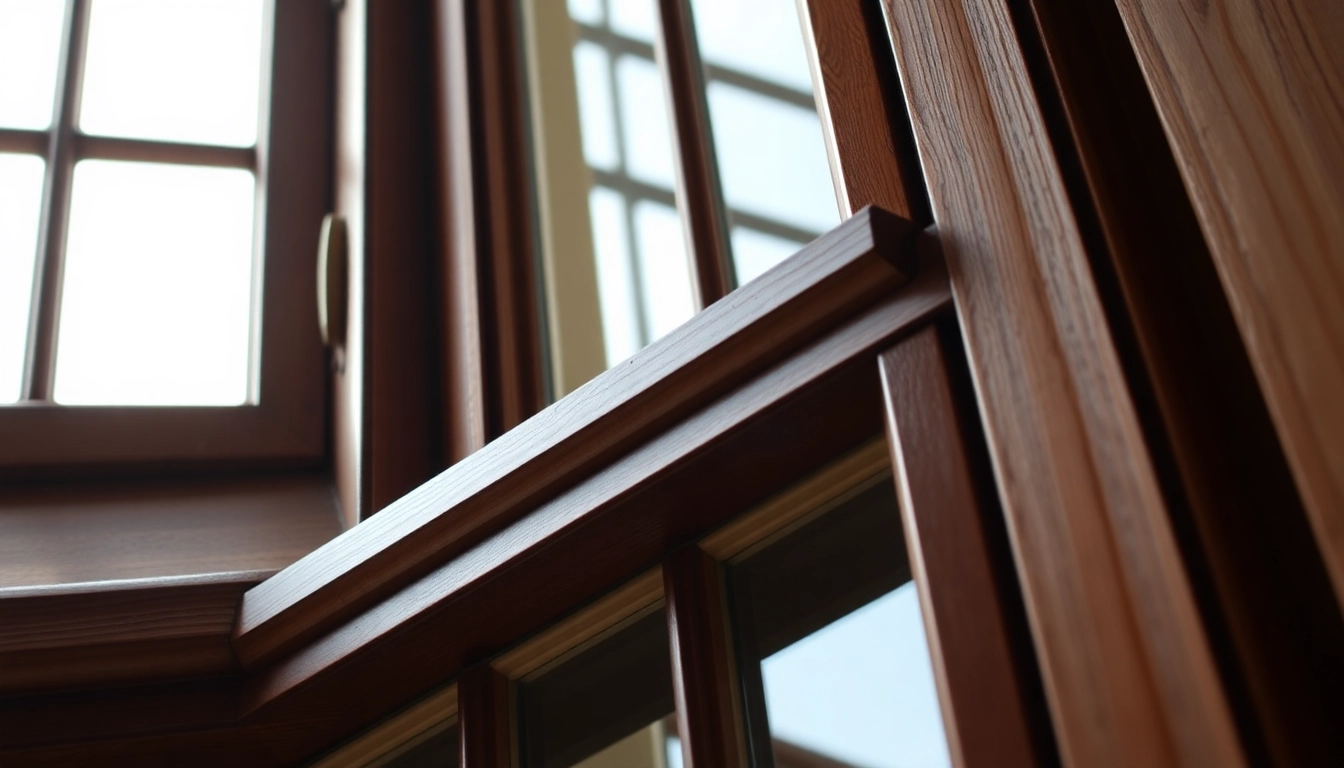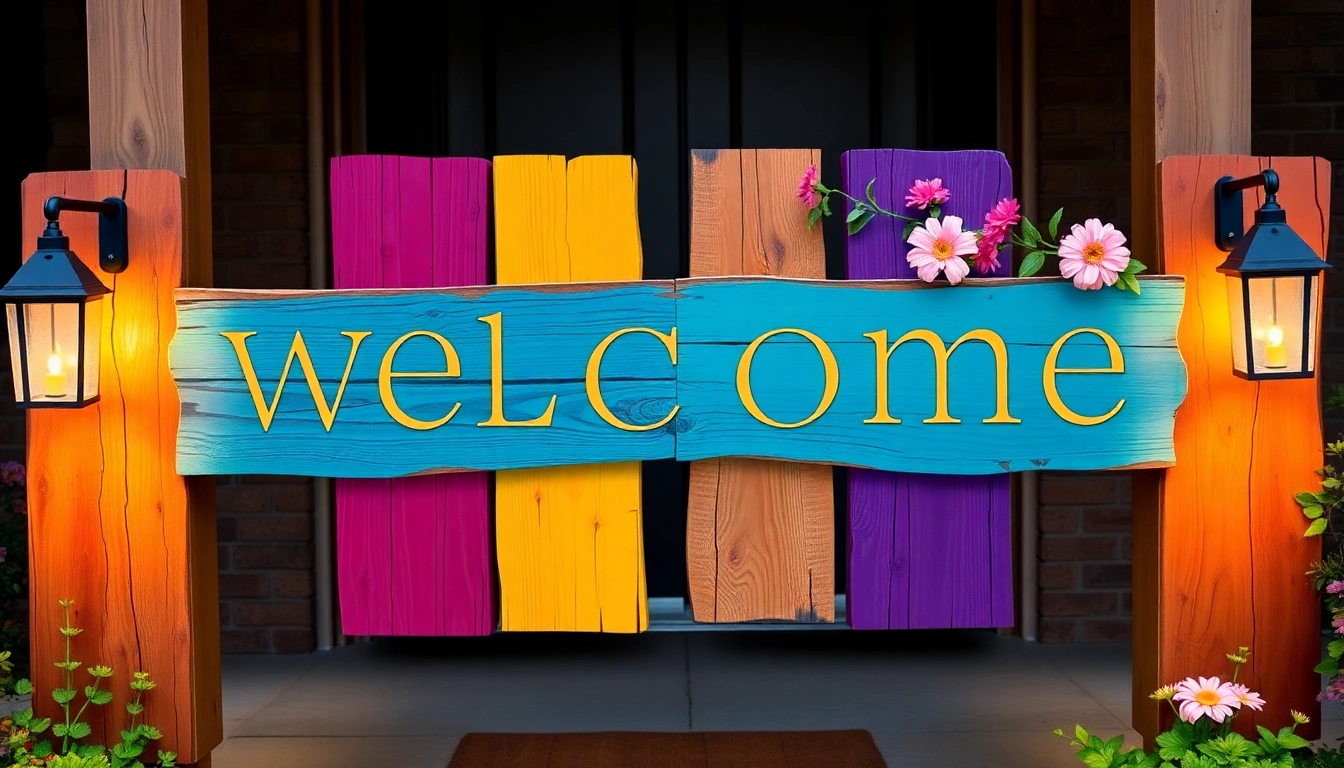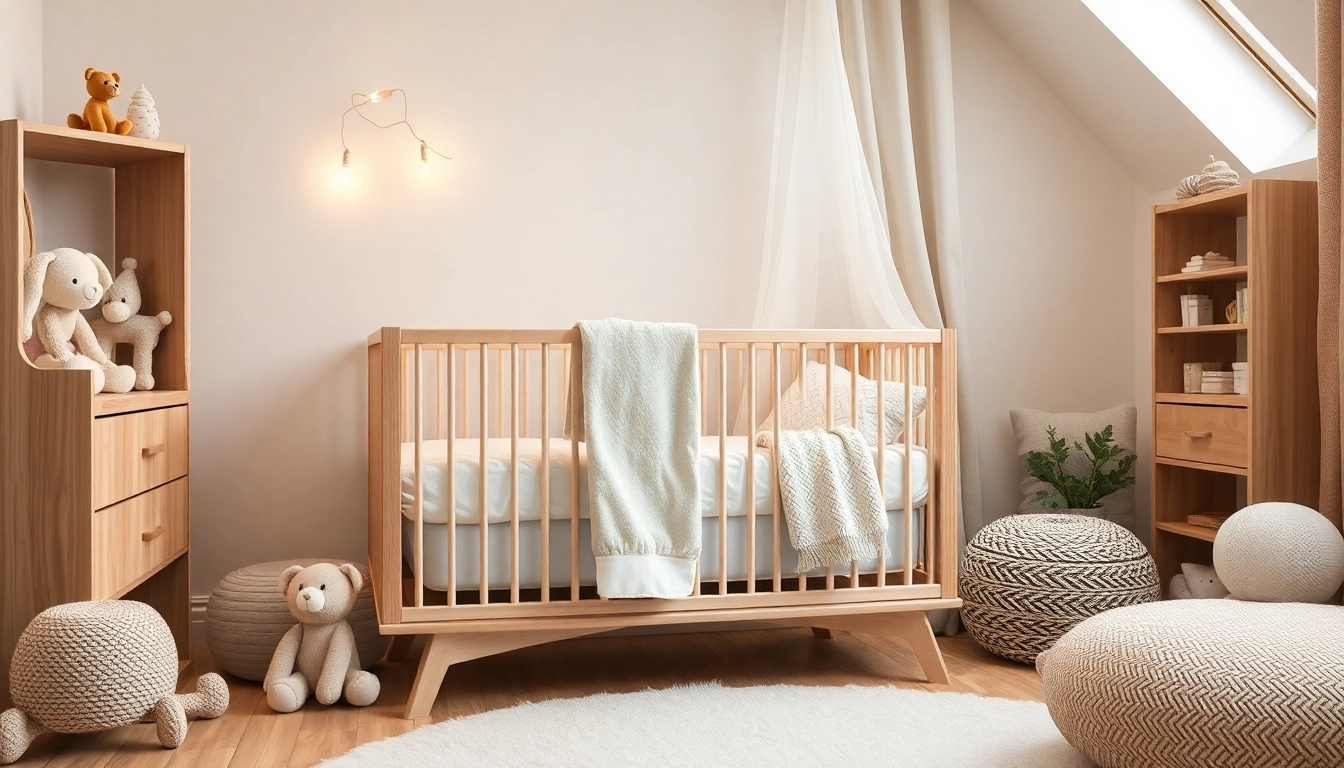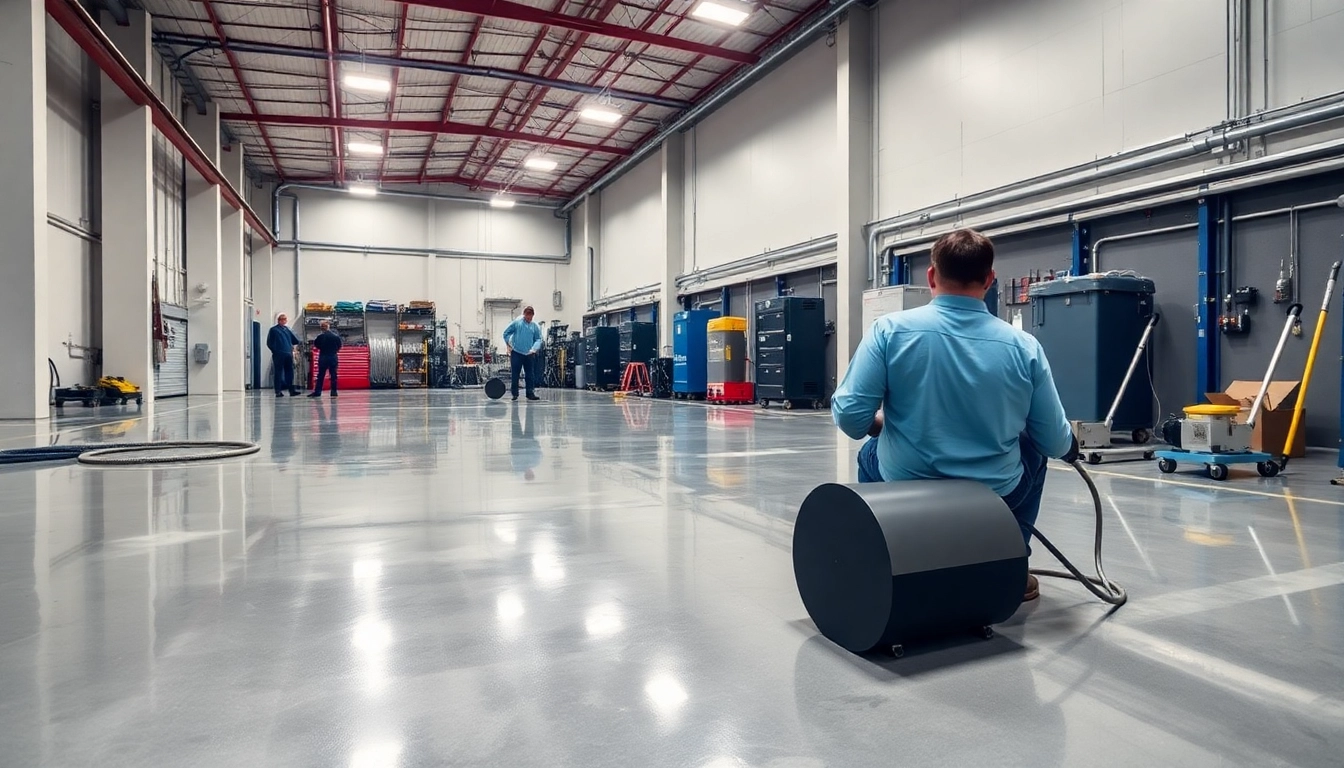Historic architecture is a testament to craftsmanship, elegance, and timeless design. Among these architectural elements, Period sash windows stand out as iconic features that encapsulate the aesthetic and functional qualities of bygone eras. Their graceful proportions, craftsmanship, and historical significance make them a preferred choice for homeowners and architects aiming to preserve or emulate the character of traditional British homes. Whether restoring a Victorian townhouse, enhancing a Georgian façade, or integrating period charm into modern renovations, understanding the evolution, styles, and practical considerations of sash windows is essential for making informed decisions. This comprehensive guide explores the rich history, design variations, selection criteria, installation processes, maintenance, and modern adaptations of period sash windows, equipping you with expert insights to elevate your property’s authenticity and value.
Understanding the History and Styles of Period Sash Windows
Origins of Sash Windows in British Architecture
Sash windows first appeared in Britain during the late 17th century, emerging as a significant architectural innovation that combined functionality with aesthetic appeal. Their origin is generally attributed to the influential architectural developments of the Georgian period, but their roots stretch further back to early European designs. Early sash windows consisted of two panels or sashes that could slide vertically within a wooden frame, allowing for unobstructed views and improved ventilation.
The design was revolutionary, providing a practical solution to the limitations of earlier casement windows, which swung open outward or inward. With the introduction of weights, pulleys, and counterbalances, sash windows became more efficient, easier to operate, and more secure. Over centuries, their popularity surged through the Victorian and Edwardian eras, becoming a defining feature of British domestic architecture.
The evolution of sash windows was closely tied to advancements in building materials, craftsmanship, and aesthetic preferences, making them an enduring symbol of traditional architectural integrity.
Design Features of Georgian, Victorian, and Edwardian Sash Windows
Understanding the distinguishing characteristics of sash windows across different historical periods is crucial for authentic restoration or selection. Each era reflects specific stylistic choices and technological advancements:
Georgian Sash Windows (1714–1830)
Georgian sash windows are celebrated for their symmetry and proportion. Typically, these windows feature two sliding sashes divided into six panes by narrow glazing bars, a style known as the six-over-six layout. The frames are usually made from timber, painted in subtle hues, and often have box-like proportions with the top sash fixed, while the bottom sash slides vertically. The geometrical harmony and simplicity characterize Georgian windows, emphasizing elegance and restraint.
Victorian Sash Windows (1837–1901)
Victorian sash windows expanded in size and complexity, reflecting the Victorian era’s exuberance. They often feature larger panes, with sash divisions of four-over-four or even two-over-two, resulting in more glass and light. The frames became more ornate, sometimes with decorative mouldings, and sash cords and weights were integrated for smoother operation. Additionally, Victorian sash windows frequently include sash horns—decorative timber fillets at the meeting rails—adding aesthetic appeal.
Edwardian Sash Windows (1901–1914)
Marking a transition from Victorian exuberance to simplicity, Edwardian sash windows are characterized by their refined proportions and minimal ornamentation. They often have larger panes with fewer divisions—sometimes a single large sash of clear glass—offering a cleaner, more contemporary look. The sash horns are typically more subtle or absent, and these windows emphasize light and openness. This style balances the ornate Victorian with a more modern sense of style.
Recognizing these design differences is vital for both restoration and new installations that aim to match the property’s period or architectural context.
Differences Between Traditional and Modern Interpretations
While traditional period sash windows maintain authentic materials, craftsmanship, and design features, modern reinterpretations adapt these windows with contemporary materials and technologies. The differences include:
- Materials: Authentic period windows use hardwoods like oak or mahogany, with original sash mechanisms. Modern versions may use uPVC or aluminum, offering increased durability, lower maintenance, and improved energy efficiency.
- Glass: Traditional windows use single-glazed glass, often with hand-blown or crown glass for authenticity. Modern adaptations feature double or triple glazing to meet current insulation standards.
- Hardware: Heritage hardware is often made from brass or cast iron, replicating historical styles. Contemporary hardware emphasizes security features and ease of use, sometimes integrating multi-point locking mechanisms.
- Design Fidelity: Authentic windows preserve sash cords, weights, and decorative elements like sash horns. Modern versions may streamline or omit these details for a sleeker aesthetic, while still respecting the essential design.
Ultimately, the choice hinges on balancing historical accuracy with modern performance requirements, especially in terms of security, energy efficiency, and maintenance.
Choosing the Right Period Sash Windows for Your Property
Material Options: Hardwood, Softwood, and uPVC
Selecting the appropriate material is fundamental to achieving the desired aesthetic, durability, and functionality. The main options include:
Hardwood
Known for its robustness and rich appearance, hardwoods such as oak, mahogany, or sapele are traditional choices. They are highly durable, resistant to weathering, and can be intricately carved or detailed, making them ideal for authentic restoration projects. However, hardwoods demand regular maintenance, including painting or sealing, to sustain their appearance.
Softwood
Softwood species like pine or cedar are often more affordable and easier to work with. When properly treated, they can provideatisfactory longevity while maintaining a period-appropriate appearance. Softwoods are suitable for affordable or large-scale projects but typically require more frequent upkeep.
uPVC
Modern uPVC sash windows offer excellent thermal insulation, low maintenance, and cost-effectiveness. While they may lack the authentic material feel, high-end uPVC frames can mimic the aesthetics of timber through detailed foiling and profiling. They are popular for contemporary homes seeking a period look combined with modern efficiency.
The decision should align with the property’s architectural style, budget, and maintenance preferences. For heritage-listed homes, authentic timber remains the gold standard, while uPVC provides an attractive alternative for modern renovations.
Factors to Consider: Size, Style, and Authenticity
When selecting period sash windows, several factors influence the best choice:
- Property Age and Style: Ensure the window style complements the property’s era—Georgian, Victorian, or Edwardian—to maintain authenticity.
- Building Regulations and Listed Status: Heritage-listed buildings may have restrictions requiring specific designs or materials.
- Functionality: Consider ease of use, ventilation needs, and security features suitable for the location.
- Size and Scale: Custom sizing may be required, especially for non-standard openings, to preserve proportion and proportionate aesthetics.
- Authenticity vs. Modern Performance: Balance the desire for originality with modern standards for insulation, security, and durability.
Consulting with specialists experienced in period properties ensures that these factors are thoughtfully addressed during selection.
Matching Windows to Historical Architectural Details
Harmonizing sash windows with existing architectural features enhances overall aesthetic coherence. Key considerations include:
- Glazing Bars: Match the thickness and pattern of glazing bars to original or period-appropriate designs.
- Sash Horns and Meeting Rails: Incorporate decorative sash horns or keep them minimal based on the property’s style.
- Color and Finish: Use historically accurate paint colors and finishes to blend seamlessly with the façade.
- Hardware and Accessories: Select period-appropriate handles, locks, and guides to preserve visual authenticity.
Careful attention to these details ensures your sash windows enhance rather than detract from the property’s historic character.
Installation and Restoration of Period Sash Windows
Best Practices for Expert Fitting and Restoration
Proper installation and restoration are vital for prolonging the life and preserving the charm of period sash windows. Key best practices include:
- Assessment: Conduct a thorough inspection of existing frames, sashes, and glazing to identify damage and areas requiring restoration.
- Professional Expertise: Engage skilled craftsmen with experience in traditional sash window restoration to ensure precision and authenticity.
- Preservation of Original Features: Whenever possible, retain original timber, sashes, and hardware, restoring or repairing existing elements rather than replacing them.
- Accurate Fitting: Ensure precise measurement, level fitting, and appropriate fitting techniques to prevent future problems like sticking or drafts.
Restoration may involve techniques such as timber consolidation, repainting, rewheeling, or reglazing with period-appropriate glass.
Draught Proofing and Energy Efficiency Improvements
One of the most effective ways to improve the comfort and efficiency of period sash windows is draught proofing. Modern draught-proofing techniques involve:
- Weatherstripping: Installing high-quality seals along sashes and frames to reduce air infiltration.
- Sash Brush Seals: Applying brush strips at meeting rails for a tighter seal.
- Double Glazing: Replacing single-glazed panes with custom-fitted double-glazing units that replicate the original look with minimal visual impact.
These interventions significantly enhance thermal performance, reduce energy bills, and maintain the aesthetic integrity of period windows.
Cost Considerations and Typical Investment
Restoring or installing period sash windows involves varied costs depending on materials, size, complexity, and level of craftsmanship. On average:
- Restoration: Expect to pay between £500 and £1500 per sash, depending on extent of work.
- New Timber Windows: Ranges from £1000 to £3000 per window.
- uPVC Windows: Usually between £600 and £1800 per sash, including installation.
While investment might seem considerable, the benefits in aesthetics, property value, comfort, and energy savings justify the expenditure. Consulting specialists for detailed quotations and assessments is recommended.
Maintenance and Preservation of Period Sash Windows
Regular Cleaning and Painting Techniques
Maintaining sash windows involves routine cleaning with gentle materials to prevent dirt and grime buildup. Use soft brushes and mild cleaning solutions to preserve timber and glazing. Painting should be refreshed every 5–7 years with high-quality exterior-grade paints, ideally with a breathable coating to prevent moisture entrapment.
Detecting and Repairing Common Damages
Common issues include timber rot, cracked glazing, sticking sashes, and broken hardware. Early detection involves regular visual inspections, especially after inclement weather. Repairs should address underlying causes—replacing rotten sections, re-glazing or re-sealing damaged panes, and realigning sashes—to prevent further deterioration.
Long-term Preservation Strategies
Preservation includes proactive measures such as applying protective coatings, setting up pest deterrents, and ensuring proper drainage around the frames. Engaging specialists for periodic assessments can catch issues early and ensure the longevity of your sash windows.
Enhancing Your Period Sash Windows for Modern Comfort and Security
Double Glazing and Soundproofing Options
To meet contemporary standards for energy efficiency and noise reduction, double-glazing is a popular upgrade. Custom-made double-glazed units that replicate historic glazing bars and aesthetics can be fitted into existing sashes without compromising visual integrity. Acoustic seals and laminated glass contribute to soundproofing, making period homes more comfortable.
Security Features for Period Properties
Enhancing security while preserving aesthetic authenticity involves installing multi-point locking systems, security handles, and optional glass security films. Modern hardware designed to mimic period-appropriate styles offers a seamless blend of safety and style.
Design Tips for Integrating Period Windows into Contemporary Settings
For modern interiors, sash windows can be a design focal point. Combining period features with contemporary elements involves:
- Utilizing neutral paint colors and minimalistic window treatments to highlight craftsmanship.
- Pairing sash windows with modern furniture and lighting to create a balanced contrast.
- Incorporating glazing treatments or window films that improve privacy without compromising historic appeal.
Thoughtful integration ensures that traditional features enhance your living space’s functionality and aesthetic harmony.



